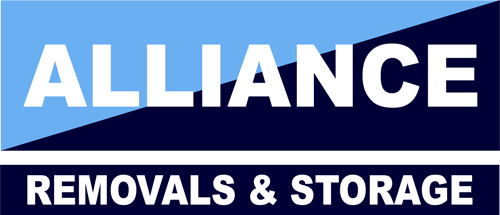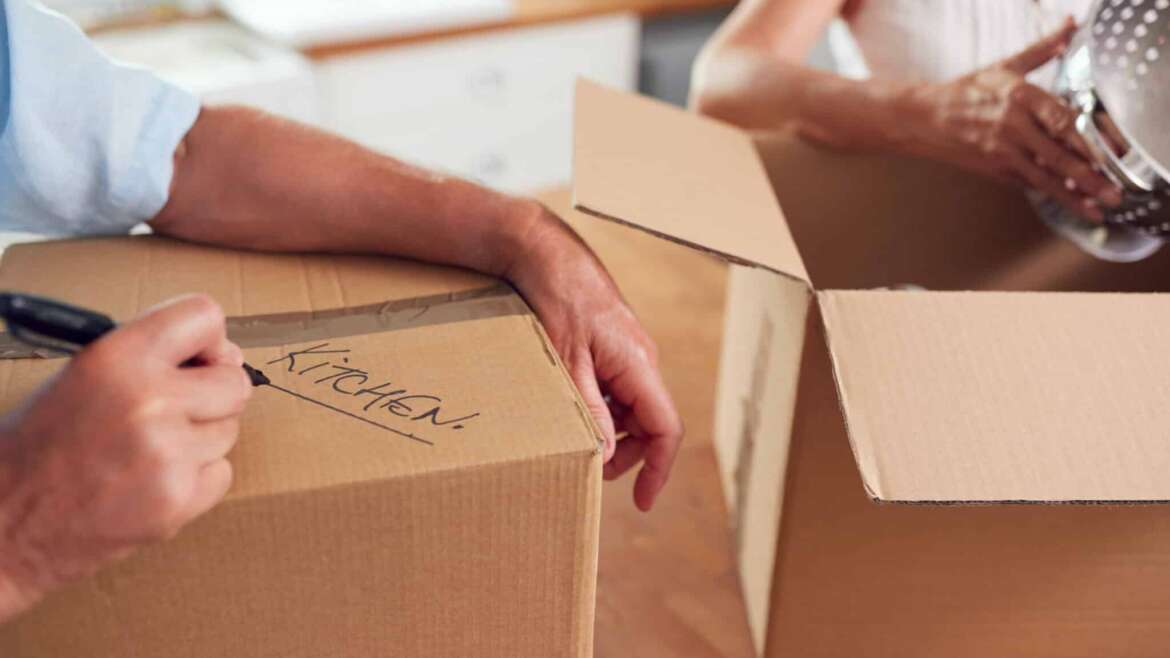PACKING GUIDE FOR UK REMOVALS
Although using a reputable removal company to transport your home contents from one place to another is a stress-free and cost-effective option, many of us still prefer to do our own packing.
Reasons why you might want to pack for yourself include:
- It’s the chance to sort and declutter belongings (particularly if you’re down-sizing).
- You can pack and organise according to layout of your new home.
- If some of your belongings are going into storage, you’re much better placed than a removal company to decide which items need to stay available and which items need storage.
So, having decided to pack for yourself, how can you make it easy on yourself?
1) Plan ahead:
- Once the move looks likely, start decluttering. Visit each room in your current house with your move in mind and ask yourself – take or pass on? Box up the “pass on” items for a charity shop or hold a garage or boot-sale once you have enough items.
- You now know roughly how much will be coming with you, so calculate how many boxes you will need (per room, then total).
- Some removal firms supply packing boxes, but you’ll almost certainly need extras too. Strong boxes are best, so asking at off-licences and supermarkets will often give you access to the stronger ones you’ll need.
- Use recycling sites such as Freegle to request boxes and bubble wrap: there’s a whole trend for using and then passing these items to someone else on the move. Freegle has many local groups so making a local pick-up might bring all you need. However if you’re are working to a deadline Alliance Removals also have an affordable range of packaging materials.
- Buy-in plenty of strong black sacks, packing tape, masking tape, marker pens and self-seal bags for screws from disassembled furniture.
- Save your newspapers and bubble wrap and packing supplies from any parcels you receive in the meantime.
- Check with your contents insurers and your removal company to ensure your belongings are covered by at least one or the other during the move.
2) As things get moving:
As you start the sorting and preparation process, you’ll start to spot items you want to keep but aren’t going to need before the move. Start packing them to spread the workload and reduce rushing and stress.
3) For perfect packing:
- Start at the top of your house and work downwards. A loft can be cleared weeks in advance, so start early and sort as you go.
- Think ahead to the unpacking stage and pack for where you’re going, not where you are.
- Don’t cram each box so full it barely closes – this can cause breakages from crammed items and dangerously heavy boxes. Use the rule of one smaller box for each heavy item, to help avoid back injuries.
- As you seal each box, before your forget, mark the side and top with the room it’s going into – dining room, smallest bedroom etc. Your removal company will then put them in the relevant room, ready for unpacking in the right place!
- Pack sharps, shed contents and spillable, noxious fluids such as bleach and paint separately in extremely strong boxes. Mark these boxes with where they need to be put and with a warning about the contents. Draw arrows showing which way up the box should be kept to avoid accidents.
- Wrap breakables individually, using other items you need to pack to help with this, e.g. use your towels, pillowcases, tea towels etc as safety wrapping.
- Use strong black bags for textiles such as duvets, linens and clothes. As you seal each bag, write the room onto masking tape and stick the tape across the bag so it’s easily visible.
- As furniture’s dismantled, put the nuts, bolts and screws into a self-seal bag and mark which furniture it’s for. Dedicate a particular box for packing all of these bags into, adding in relevant screwdrivers, to make it easier at the other end.
- Keep general, important documents together and in a safe place.
- Pack two separate boxes: first hour and first night box:
- First hour: kettle, cups, tea bags, coffee, milk, some biscuits and snacks. Bottled water’s also a good idea in case there’s that pause whilst you wait for the key to your new house to be released to you (particularly if you’re towards the top of a lengthy chain).
- First night: overnight items for your whole household, including toothbrushes, toiletries and of course toilet rolls. Keep any essential medication for household members in a dedicated backpack or bag, kept on your person or with a designated, responsible adult. A first aid kit should also be here.
- If you have a baby or toddler, pack all of their first night essentials together to avoid stress on everyone – especially them!
4) On the move:
When loading, the rule is that the things you need least should be loaded onto the van first, whilst the things you need most are loaded last so they come off first.
Finally, do remember also to keep a folder of documents relating to the move on you, including relevant I.D. Although they may have got to know you well over the moving process, most estate agents are formally obliged to request I.D. before they hand over the keys… then off you go, to unpack it all!

